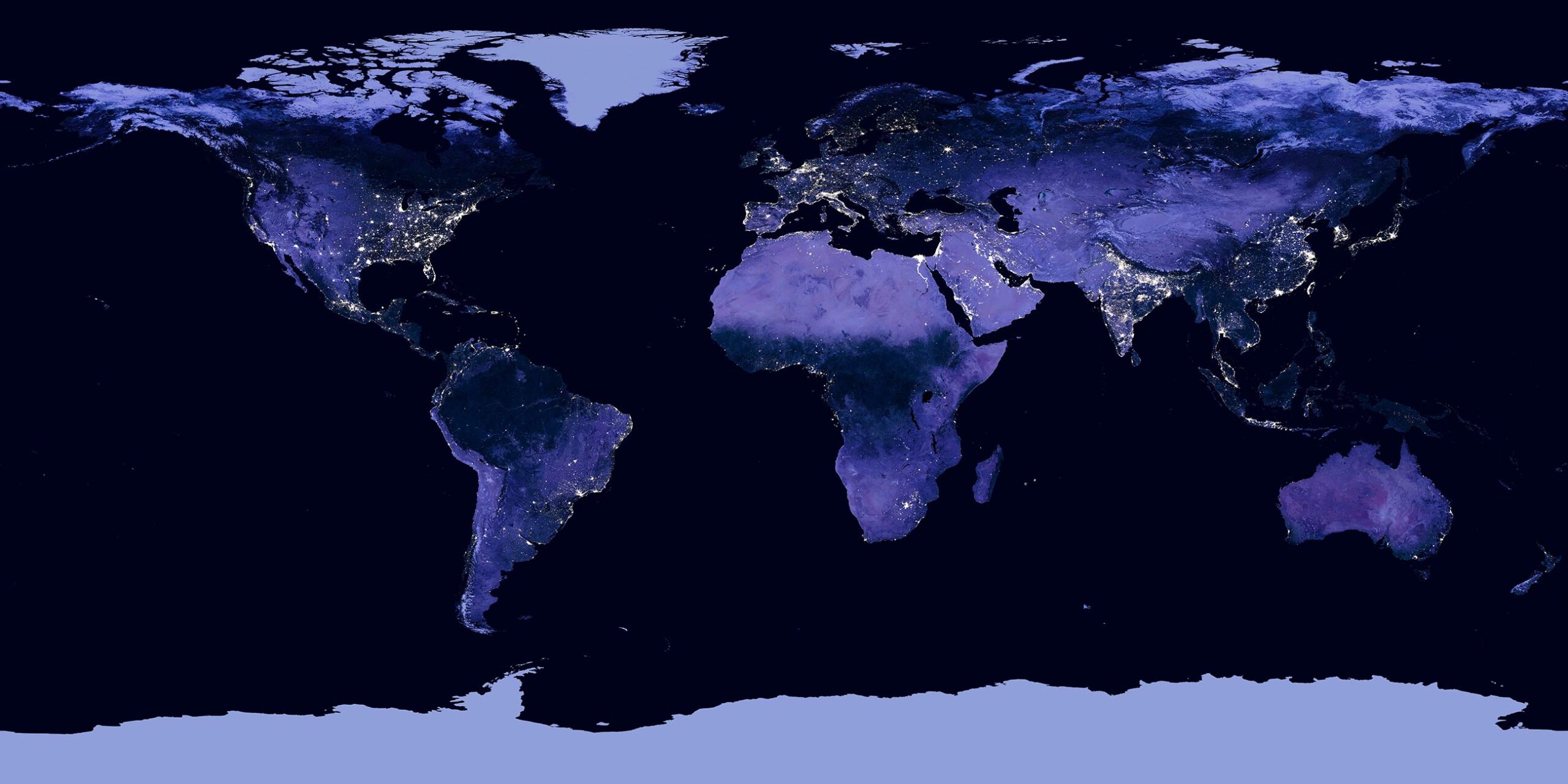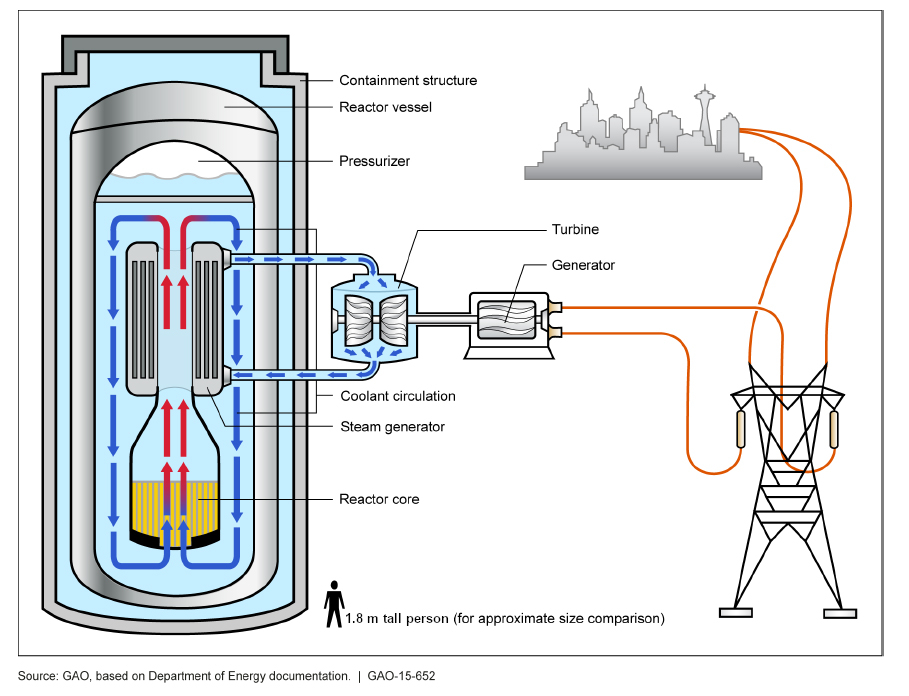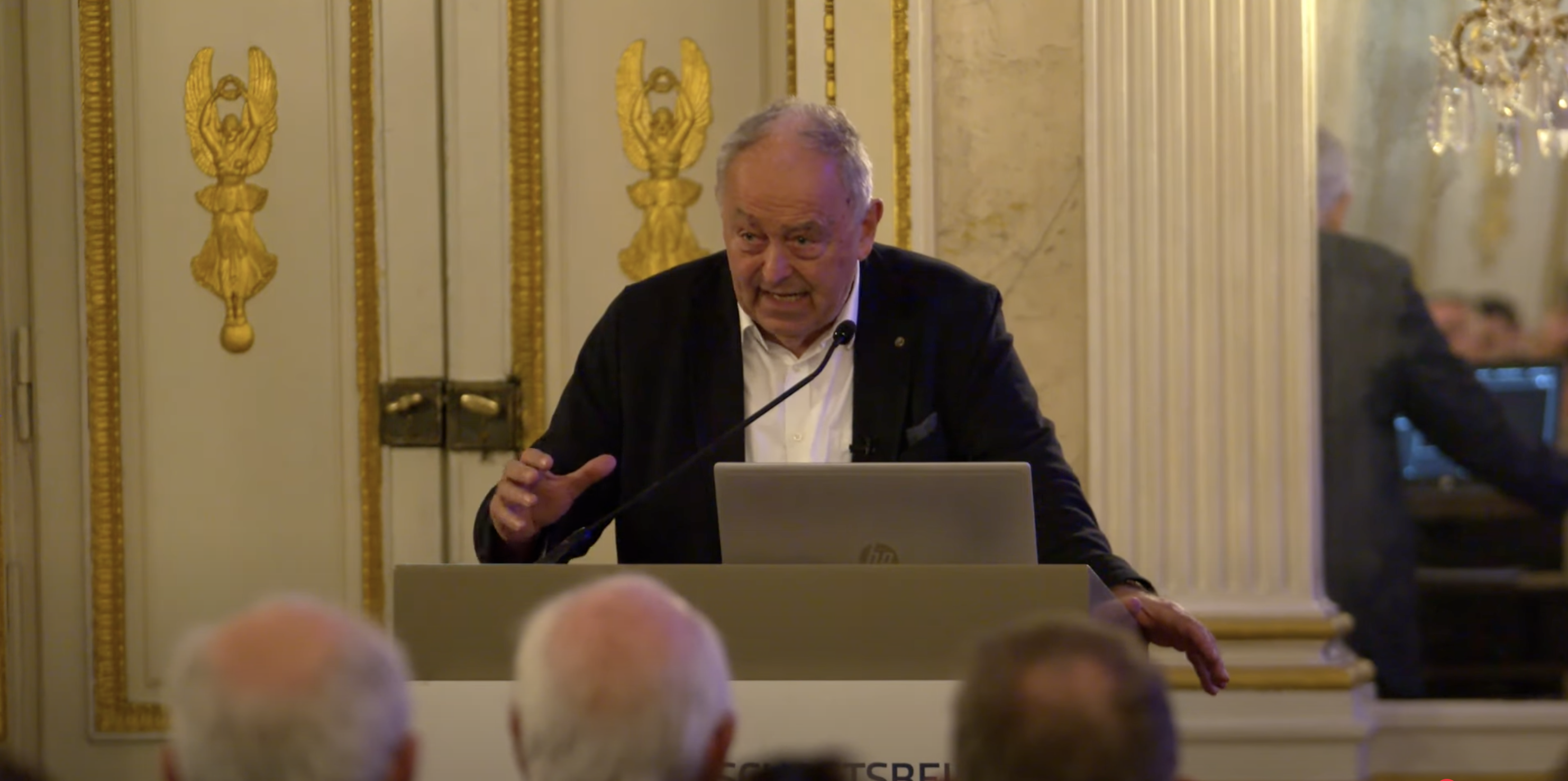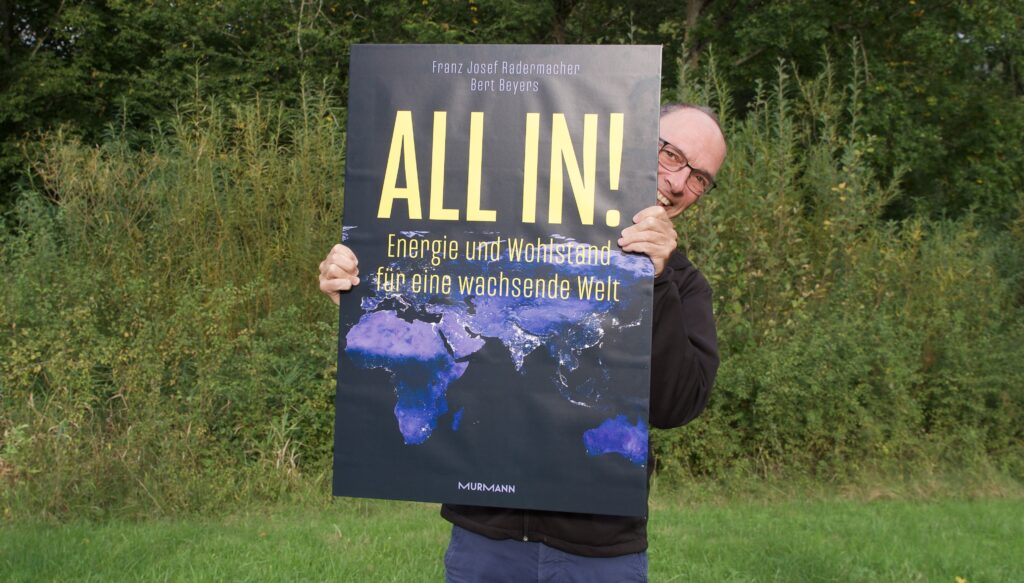At this point, some news of the last few weeks will be addressed which, from GES’ point of view, are reason for hope because they contain building blocks of a possible global solution and / or could help to develop a realistic view of the challenges ahead of us.
The EU’s carbon management strategy envisages the capture and storage of 450 million tonnes of CO2 per year – from industrial plants and fossil fuel power stations. Tagesspiegel Background reports on a draft of the strategy, which the EU intends to present in February. GES feels that this confirms its basic position that carbon capture must be a necessary component of any climate strategy. The change in strategy is also noteworthy because many discussions about carbon capture – particularly in Germany – only focus on so-called non-avoidable emissions (hard to abate), for example from cement plants. The fact that CCS is now also being discussed in the context of fossil-fuelled power plants represents a significant expansion of the solution space.
This attitude – carbon capture only for unavoidable emissions – is reflected in the position paper on carbon capture written by the environmental organisations WWF and Nabu together with the industry association BDI and the trade union federation DGB – a remarkable alliance. The signatories call on the Ministry of Economic Affairs to establish a legal framework and a carbon management strategy for industry.
Meanwhile, Friedbert Pflüger from the Clean Energy Forum (CEF) is in favour of banning the sale of Wintershall DEA, the only German company that can produce gas and oil. Pflüger fears that the sale to the British company Harbour Energy would lead to a loss of knowledge about a key technology for Germany, namely carbon capture.
The Handelsblatt Research Institute (HRI) has analysed what the transformation of the energy infrastructure in Germany would cost by 2045 in order to achieve the goal of climate neutrality by 2045. According to the researchers’ calculations, the total amount that the state, companies and citizens would have to pay is 1,100 billion euros. The largest sums would be channelled into the expansion of renewable energies, electricity storage and grids. Urgently needed gas-fired power plants would not be able to manage without state subsidies.
McKinsey has presented an alternative concept in its study Future Power Supply Path. According to the study, costs in Germany could be reduced by up to 150 billion euros by 2035 – if the climate targets are met. The proposal is to build less capacity to generate electricity from renewable sources, in particular less photovoltaics, and instead build more hydrogen-capable gas-fired power plants. The power plants should be built in the south of Germany. As a result, fewer power lines would have to be laid from north to south. The study also discusses the possibility of equipping gas-fired power plants with carbon capture.
The Federal Network Agency has presented figures on the expansion of renewables for the past year. Installed capacity rose by 17 gigawatts to just under 170 gigawatts, which is twelve per cent more than in the previous year. The expansion of solar installations doubled to almost 14.1 gigawatts. Wind expansion reached 2.9 gigawatts. Solar thus developed relatively well, while wind is lagging well behind the targets set for 2030. However, the utilisation hours of solar plants are significantly lower than those of wind plants. In addition, the existing renewable plants in the north have to be shut down more frequently because the expansion of the power lines is lagging behind schedule.
According to the International Energy Agency (IEA), the global expansion of renewables is making progress. According to the report, the expansion in 2023 was around 510 gigawatts, 50 per cent higher than in the previous year. Three quarters of the global additions are new solar installations, primarily in China. The goal of tripling global renewable capacities by 2030 is within sight.
What role can green ammonia play in global maritime transport? Scientists at the University of Oxford have presented a detailed study on this. According to the study, Europe should focus on north-west Africa as a production location. Strategically orientated ports should promote the introduction of green ammonia.
According to calculations by Agora Energiewende, German CO2 emissions fell significantly to 673 million tonnes in 2023 – the lowest level in 70 years. There are many reasons for this, including lower coal consumption and a crisis-related decline in coal production. There are also several reasons why the proportion of coal-fired electricity has fallen despite the nuclear phase-out, as Wirtschaftswoche analyses: on the one hand, the expansion of renewables, in particular photovoltaics, and on the other hand, Germany went from being a net electricity exporter to an electricity importer last year. According to Welt, 53 per cent of electricity imports came from renewable sources and 21 per cent from nuclear power plants – despite the national nuclear phase-out.
Is the end of the combustion engine imminent? Last week, the EU was due to make a decision on the authorisation of climate-neutral e-fuels for vehicles. According to the FAZ, it has been postponed indefinitely. The positions of the EU states are said to be too far apart. Strict requirements for e-fuels were previously planned for the period after 2035.
The Norwegian parliament has voted in favour of mining manganese nodules off the country’s coast. The area on the seabed is more than 280,000 square kilometres in size. Environmental activists and researchers criticise the project and warn of the immense consequences for nature.
Last year, the global temperature was just below the 1.5-degree target, or 1.48 degrees above pre-industrial levels to be precise. According to the EU’s Copernicus climate change service, “temperatures in 2023 were warmer than in the past 100,000 years”. The World Meteorological Organisation (WMO) has confirmed the “record” global average temperature.
According to the development organisation Oxfam, crises and wars have further widened the gap between rich and poor. The richest five people in the world have more than doubled their wealth since 2020. At the same time, almost five billion people have become even poorer.




